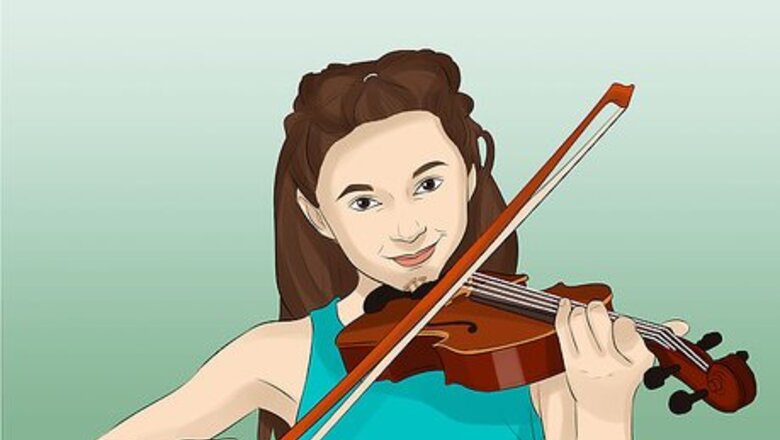
views
Choosing a Style of Violin
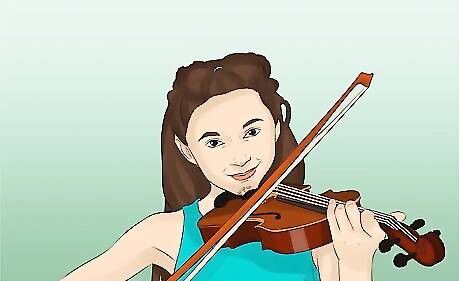
Buy a student violin if you are a beginner. Student violins are usually made from less expensive woods and are manufactured by machines rather than by hand. These are less expensive, typically ranging from $100 to $800 and are perfect for beginners. If you are just starting to take violin lessons, you may not want to invest in an expensive and high quality violin only to discover that this is not the instrument for you.
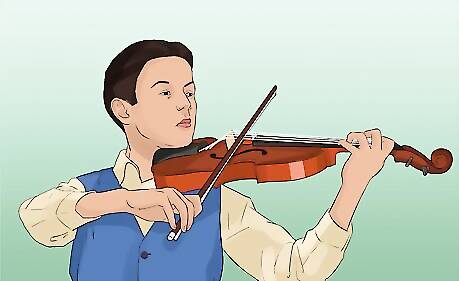
Select an intermediate violin for improved quality. Once you have been playing the violin for a few years and want to improve the overall quality and sound of your instrument, you should upgrade to an intermediate level violin. Some brands will not produce an intermediate level violin, but those that do price them around $1,000.
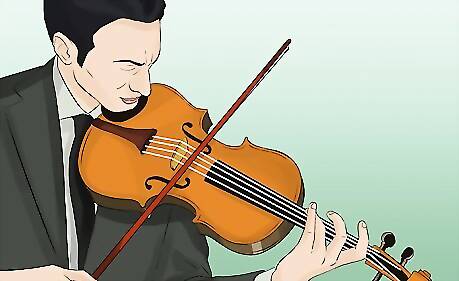
Choose a professional violin if you are an advanced violinist. Professional violins are hand-crafted by a master luthier and are made from high quality wood. These instruments can cost thousands of dollars and are ideal for professional musicians or art collectors.

Buy an acoustic violin to play classical and folk music. Traditional acoustic violins create warm and rounded tones as a result of the natural resonance of the tonewood. These instruments are best suited for classical and folk music. It is possible to attach an amplifier to an acoustic violin. If you only need an amp for some songs, it is best to stick with an acoustic violin.
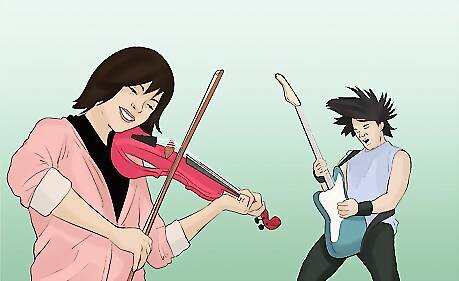
Get an electric violin to play rock and jazz music. Electric violins have built in pickups that amplify the sound and produce a brighter and more raw sound than the acoustic violin. This is preferred if you are playing rock or jazz music. Consider the type of music you like. If you listen to rock music, you may be more inclined to use an electric instrument that can create a rock sound.

Inquire about a rent-to-buy program. If you are just starting out with playing the violin, you may prefer renting prior to making an investment. In many instances, you can actually rent the violin to begin with and then eventually buy the violin. Your rent payments will go towards the purchase price.
Selecting the Right Size
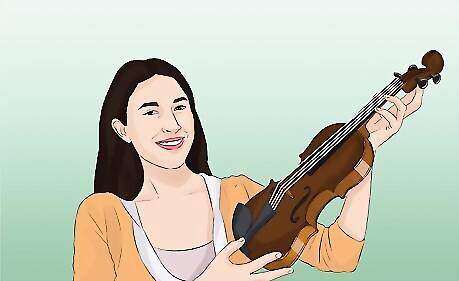
Buy a full size violin if you are over the age of eleven. Violins come in a variety of different sizes, but most adults use a full size (4/4) violin. Typically, if you are over the age of eleven, you will fit a full size violin.

Measure your child’s arm from the base of their neck to their wrist. For children, you will need to measure their arm length to determine which size of violin is best. Ask the child to extend their left arm straight out and away from their body. Then measure the length of the arm from the neck to the wrist or palm. If you measure to the wrist, this will be the most comfortable fit, and if you measure to the palm, it will be the largest size your child can play. Violins range in size from a 4/4 violin size (23 inch (58 cm) measurement) to a 1/32 violin size (13 inch (33 cm) measurement).

Rent a violin if your child is still growing. To save money, you may want to consider renting a violin if your child is still growing. Your child will likely grow quite quickly and it can be expensive to constantly buy a new violin each time they grow. Instead, you can save money by renting violins until they reach full size.
Examining the Quality
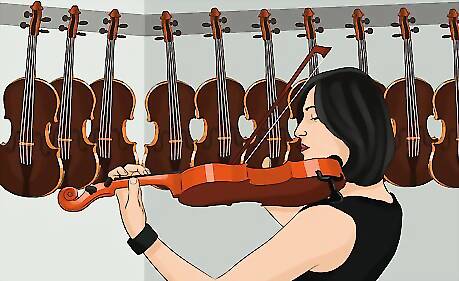
Test the violin before purchasing. Before you purchase a violin, you should play the instrument. Most music shops will actually have a separate room for this purpose. Play the violin to get a sense of the feel and tone. You should also have a friend or music teacher with you so that they can hear and test the instrument as well. Some shops will even allow you to take the violin home for a test period. Ask to see if that is possible and take advantage of the store’s policy. You may find that the violin sounds different once you get it home.

Look for cracks in the wood. Cracks in the wood can be expensive to repair and will impact the quality of the sound produced by the violin. Inspect the instrument for any cracks before purchasing. This is especially necessary if you are buying a used or antique violin.

Check the ribs for bulging. The ribs, or sides of the violin, should not bulge out beyond the edges of the top or back of the violin. This is typically a sign that the wood was not treated properly. It can also be common among violins that are over fifty years old. Consult a violin repair shop before purchasing a violin with this type of wear. The cost to make the repairs may be expensive.
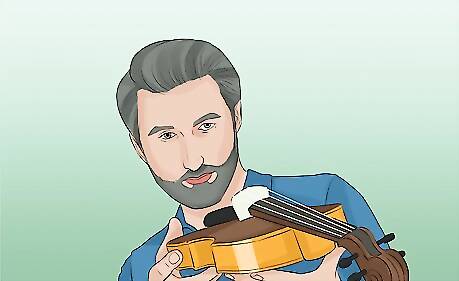
Check that the bridge is adequately curved. The bridge of the violin should be rounded, allowing for you to play a single string or multiple strings at the same time. If the bridge is flat at the top it may be very difficult to play a single note.
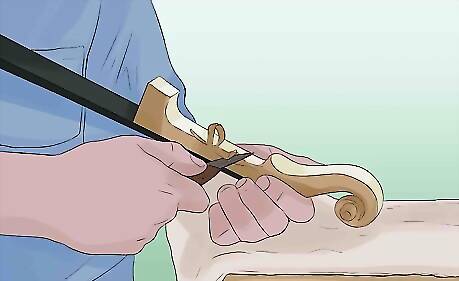
Ask what type of wood the violin is made from. The type and quality of wood can drastically impact the price of a violin. The best types of wood are spruce wood tops with maple wood necks, backs, and sides. Typically wood that has been aged for longer will be drier and stronger and is considered better quality for violins. Ebony is typically used for the fingerboard. Less expensive violins may use cheaper wood types and may even have a plastic chin rest.
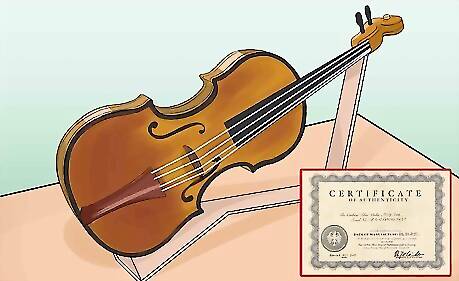
Ensure an antique violin comes with an authentication certificate. If you are interested in buying an antique professionally made violin, such as a Stradivarious, you should make sure the instrument has been professionally appraised and authenticated before purchasing. There are only 600 Stradivari left in the world. An appraisal will help ensure that you avoid spending hundreds of thousands of dollars on a fake.











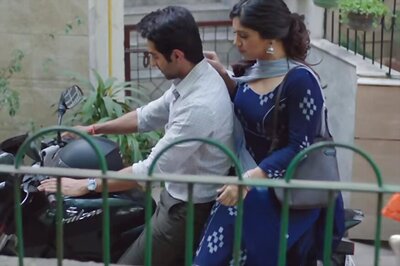







Comments
0 comment